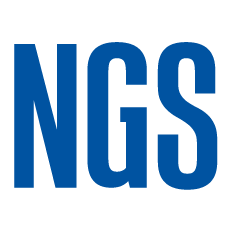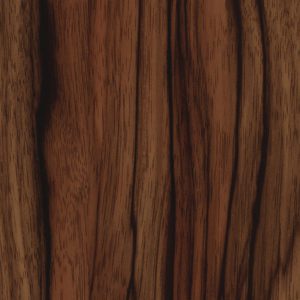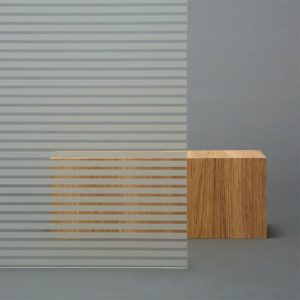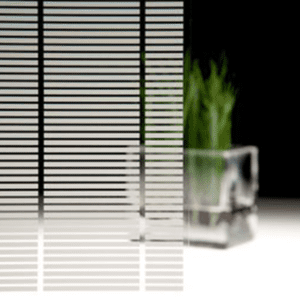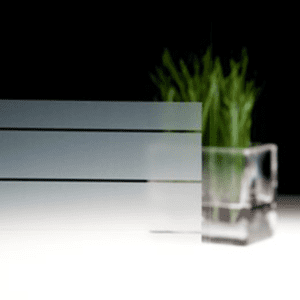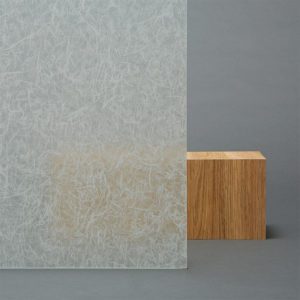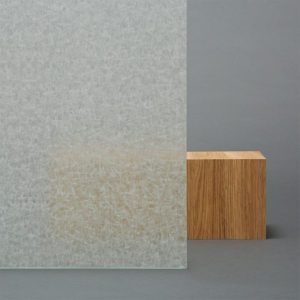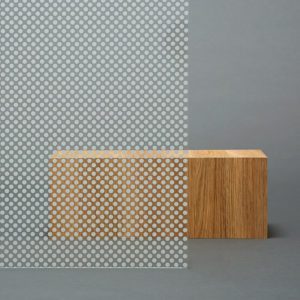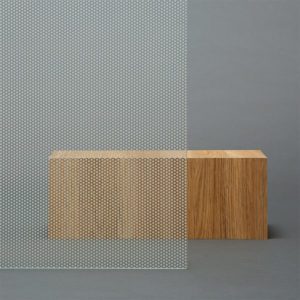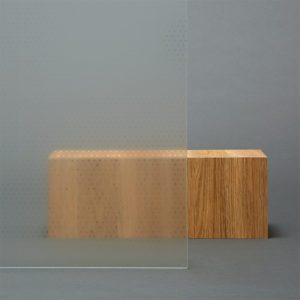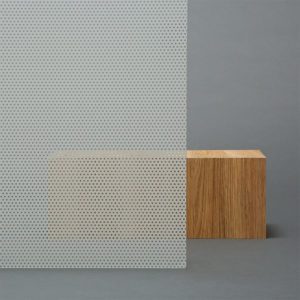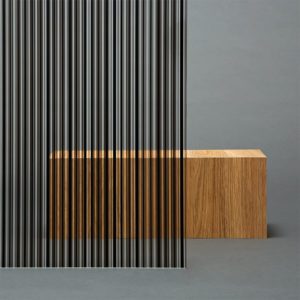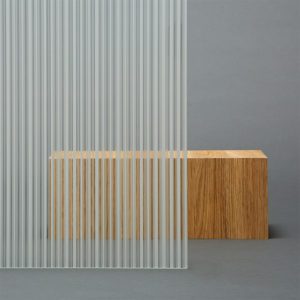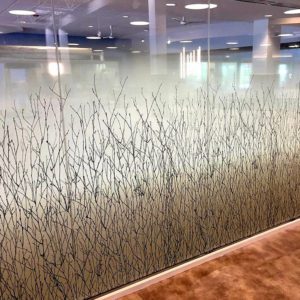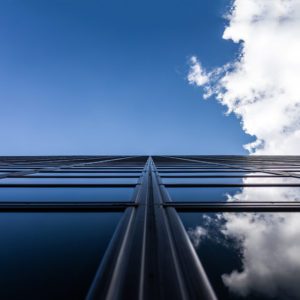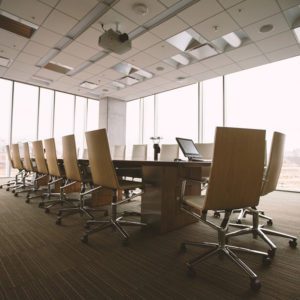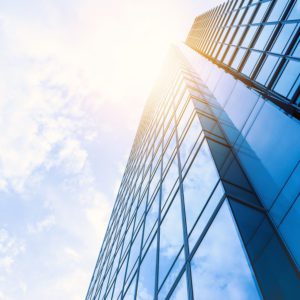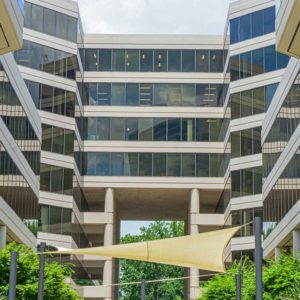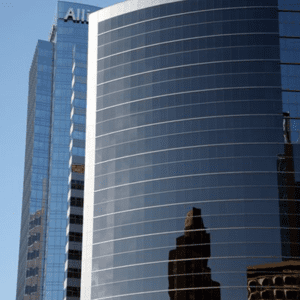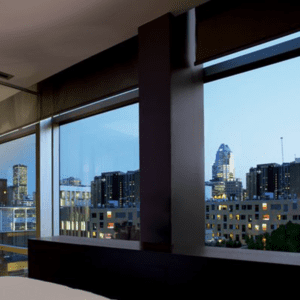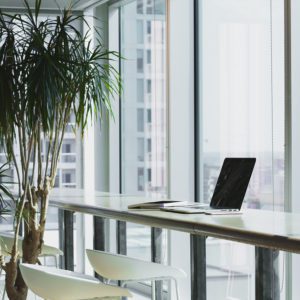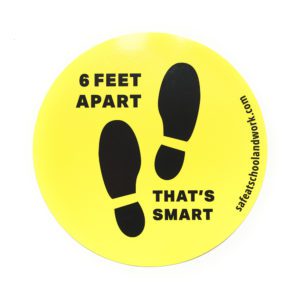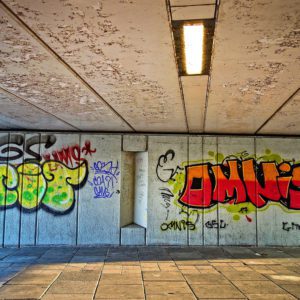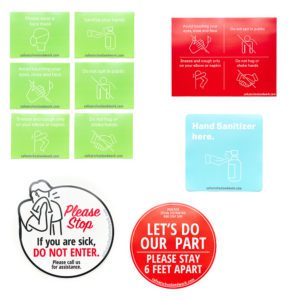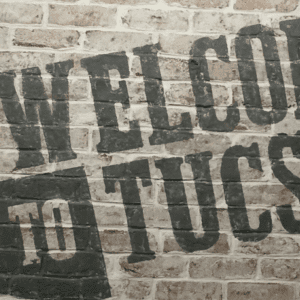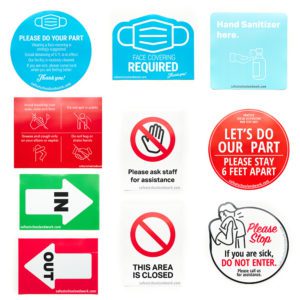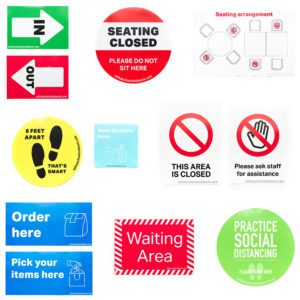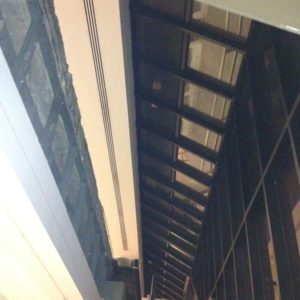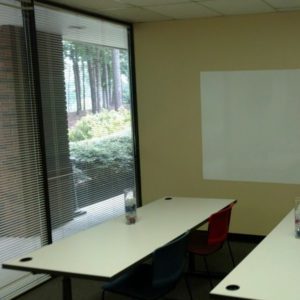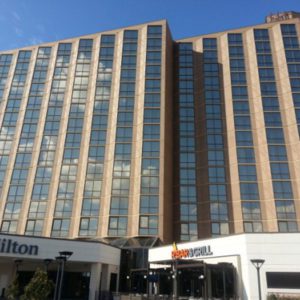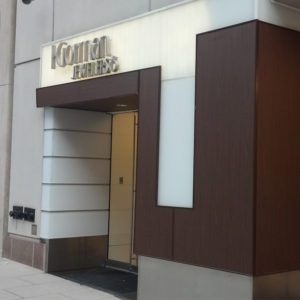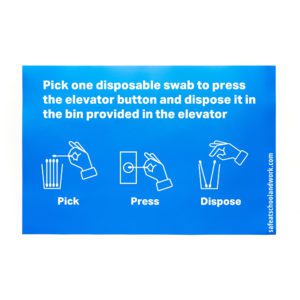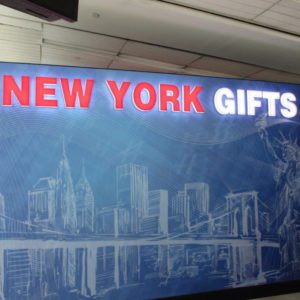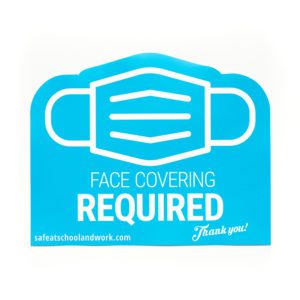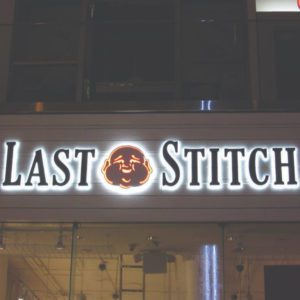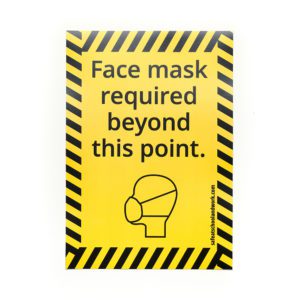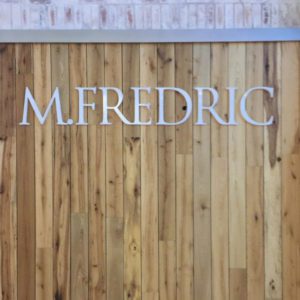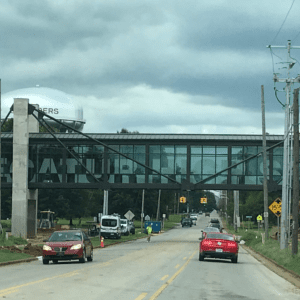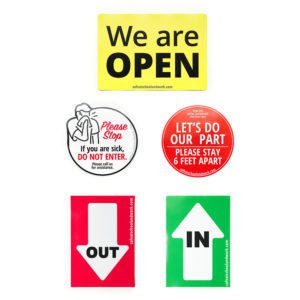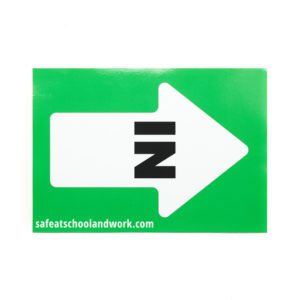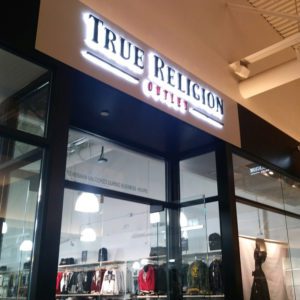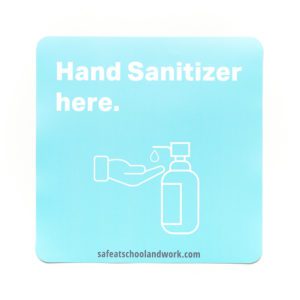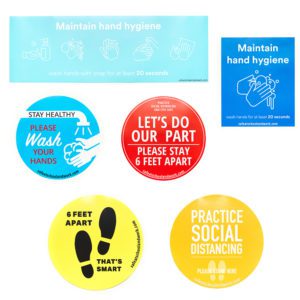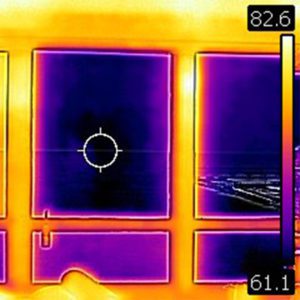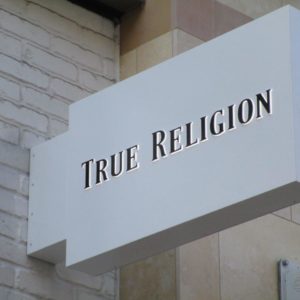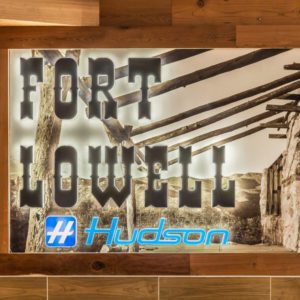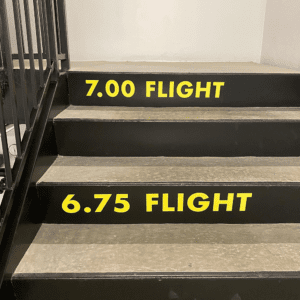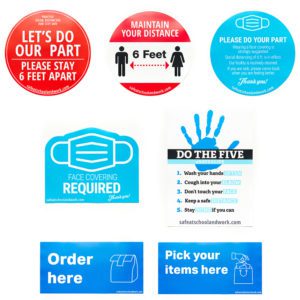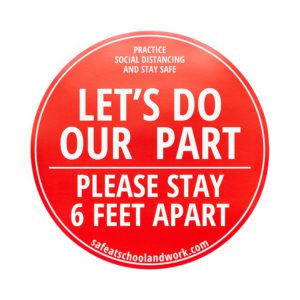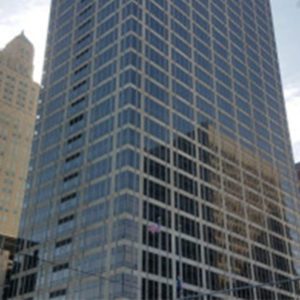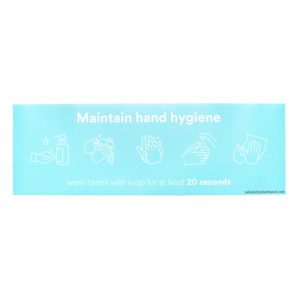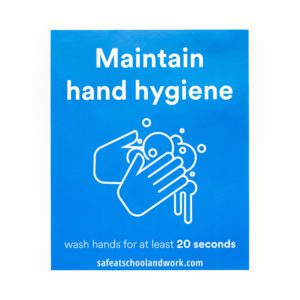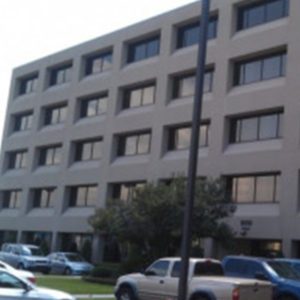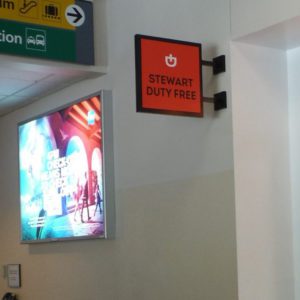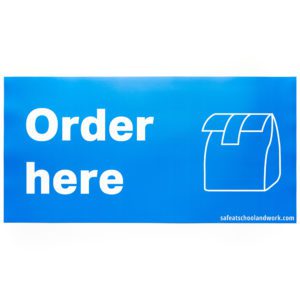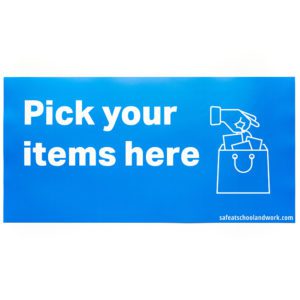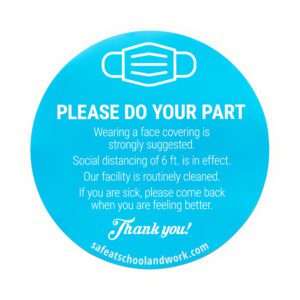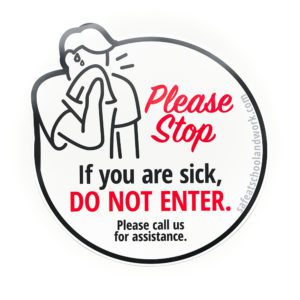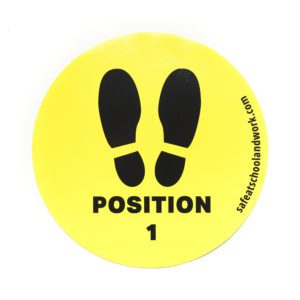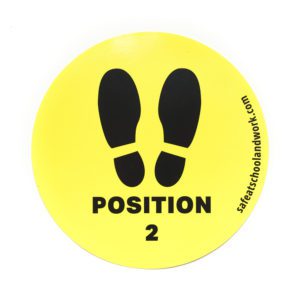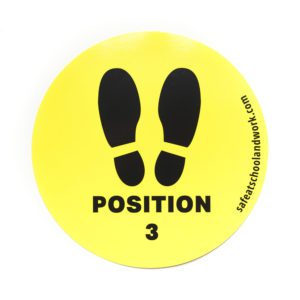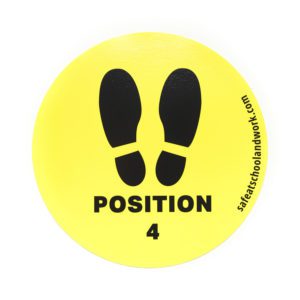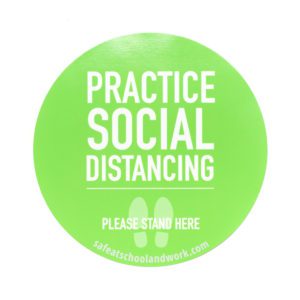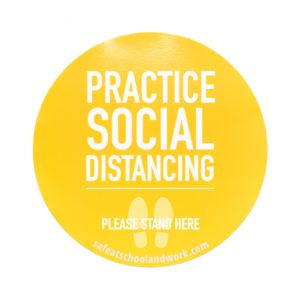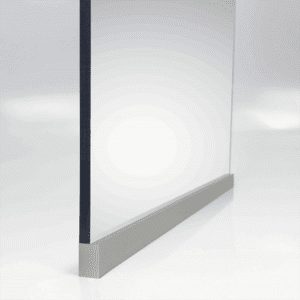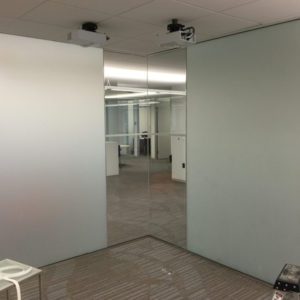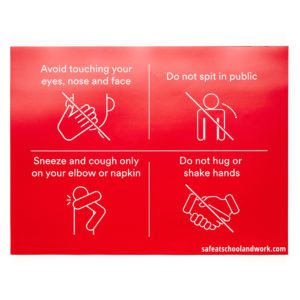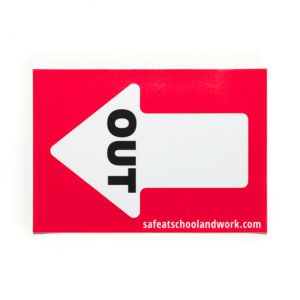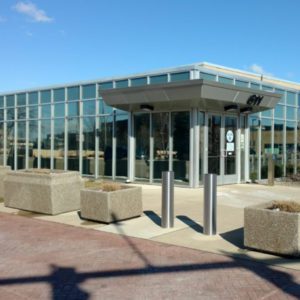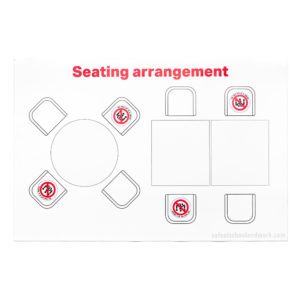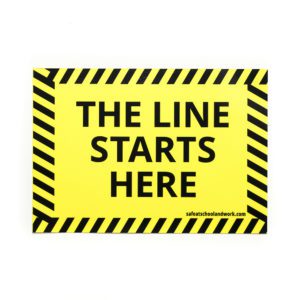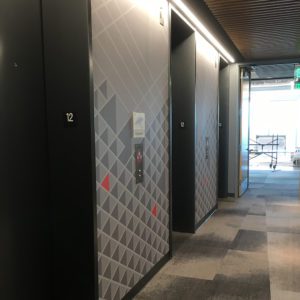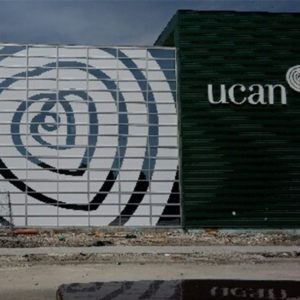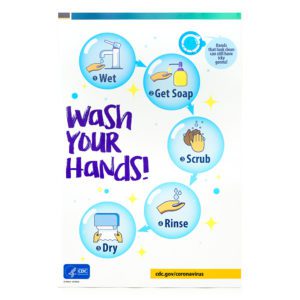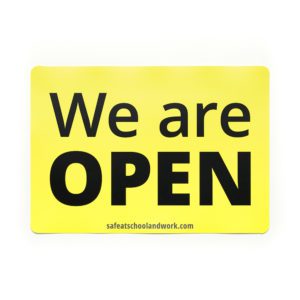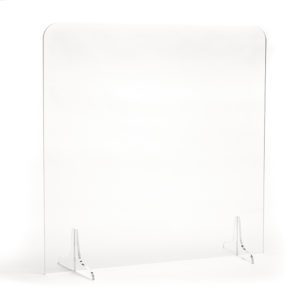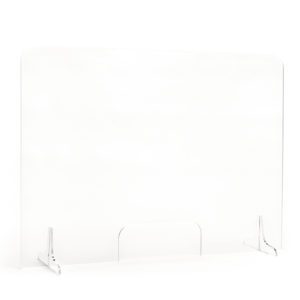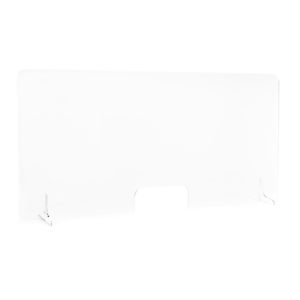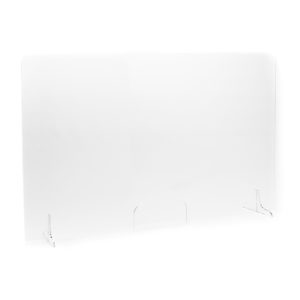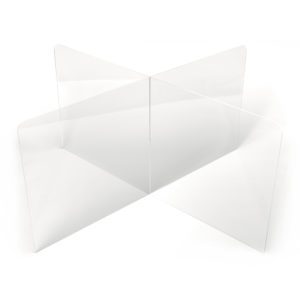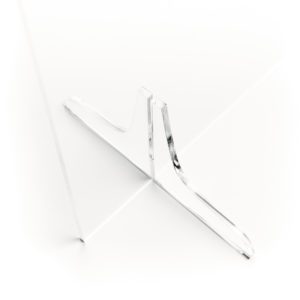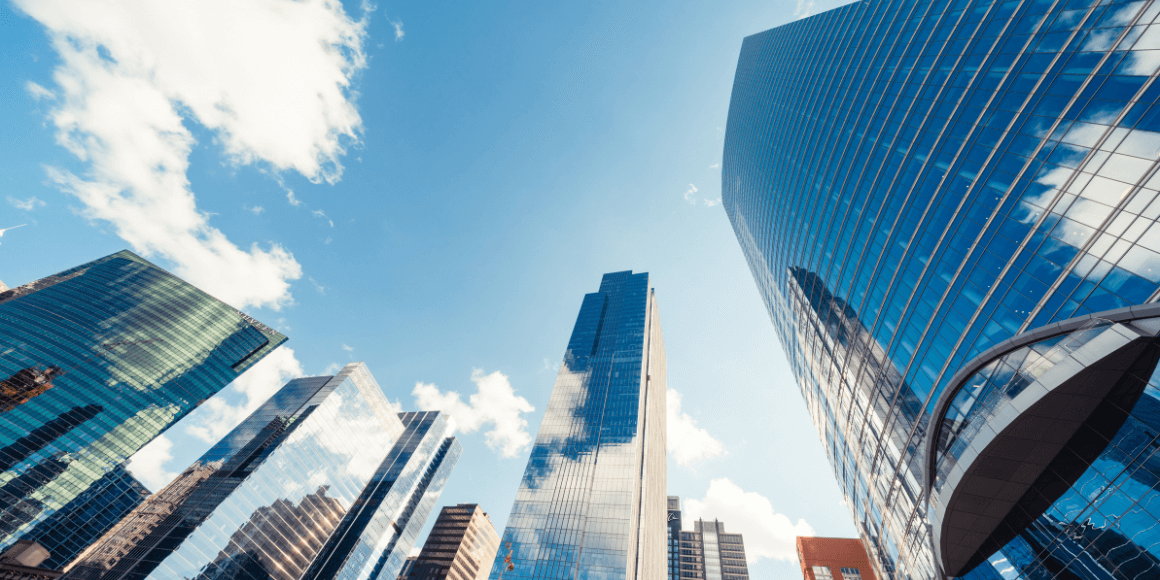
Sustainability is a chief concern for many companies today, and objective standards can help companies move beyond aspirations to actually achieve a smaller environmental footprint. When it comes to your building sustainability, one of the best standards to embrace is known as Leadership in Energy and Environmental Design (LEED).
LEED-certified buildings are more resource-efficient, have lower operating costs, reduce waste, conserve energy and water, and provide healthier spaces for occupants. It’s a significant marker for sustainable and environmentally conscious construction practices.
What Is LEED Building Certification?
LEED is a globally recognized green building certification system developed by the U.S. Green Building Council (USGBC).
The LEED certification encourages sustainable design and construction practices and provides a way to evaluate these practices. Today, over 100,000 building projects across the globe have achieved LEED certification.
The certification process involves meeting specific prerequisites and earning points to achieve different levels of certification (Certified, Silver, Gold, or Platinum).
The LEED building certification can provide a framework to help you set and achieve sustainability goals. It can also give you an objective marker of your company’s commitment to sustainability, allowing you to:
- Qualify for possible tax breaks.
- Attract eco-conscious employees to join your company.
- Demonstrate your environmental responsibility to consumers and outside stakeholders.
How Are Buildings Evaluated?
Sustainable building design encompasses many areas. When it comes to LEED building certification, buildings are assessed based on various criteria, including:
- Water efficiency
- Energy and atmosphere
- Materials and resources
- Sustainable sites
- Indoor environmental quality
How Can You Improve Sustainability Through LEED Building Certification?
LEED certification can significantly enhance the sustainability of a building in several key ways:
Energy Efficiency
Commercial buildings consume a significant amount of energy—about 35 percent of electricity consumed in the U.S.. LEED-certified facilities must implement building-level energy metering. Measuring energy usage can go a long way on its own toward helping companies optimize their energy efficiency. Energy-efficient practices are integral to LEED-certified buildings and may even extend to embracing renewable energy sources and carbon offsets.
Water Conservation
Electricity and other energy sources aren’t the only utilities buildings should use responsibly. Water usage has been taking on greater focus within the sustainability conversation. LEED certification includes a focus on water conservation, both indoor and outdoor. From water-efficient landscaping to efficient wastewater systems, LEED-certified buildings seek to optimize water use.
Sustainable Construction Materials
The LEED building certification process ensures that buildings are not only eco-conscious in their ongoing use of resources but also built with a focus on environmentally responsible materials and construction practices. LEED standards favor materials with lower environmental impact, such as recycled, reclaimed, or rapidly renewable resources.
Healthy Indoor Environment
While many aspects of sustainable building design and practices are aimed at contributing to a more sustainable world overall, some aspects can also provide an immediate benefit to building users. One of the main benefits to building occupants is improved air quality through the use of low-volatile organic compound (VOC) materials, ventilation systems, and careful monitoring.
Reduced Waste
In addition to waste-reducing construction processes, LEED certification also involves thinking about the end of a building’s (or a building component’s) lifecycle. Making materials easier to disassemble and salvageable for reuse can help these materials find new life rather than ending up in a landfill. According to the USGBC, by 2030, LEED projects will have prevented more than 540 million tons of waste from being added to landfills.
Long-Term Cost Savings
In addition to being great for the environment, more sustainable practices encouraged by LEED standards can also help your bottom line. Reduced energy usage and waste can mean lower utility bills. You may even be able to save money through LEED incentive programs if your state offers one.
Embracing Energy-Efficient Building Design
Embracing LEED building certification is a strategic move for companies aiming to enhance their approach to sustainability. As a globally recognized standard, LEED provides a framework for setting and achieving sustainability goals, making it a valuable tool for companies looking to optimize their building practices in a way that benefits both the planet and their bottom line.
At NGS, we have a passion for helping companies realize their sustainability goals. We’ll work with your team to uncover opportunities for improved sustainability and help you qualify for LEED building certification. Want to learn more? Explore our commercial building sustainability solutions!
